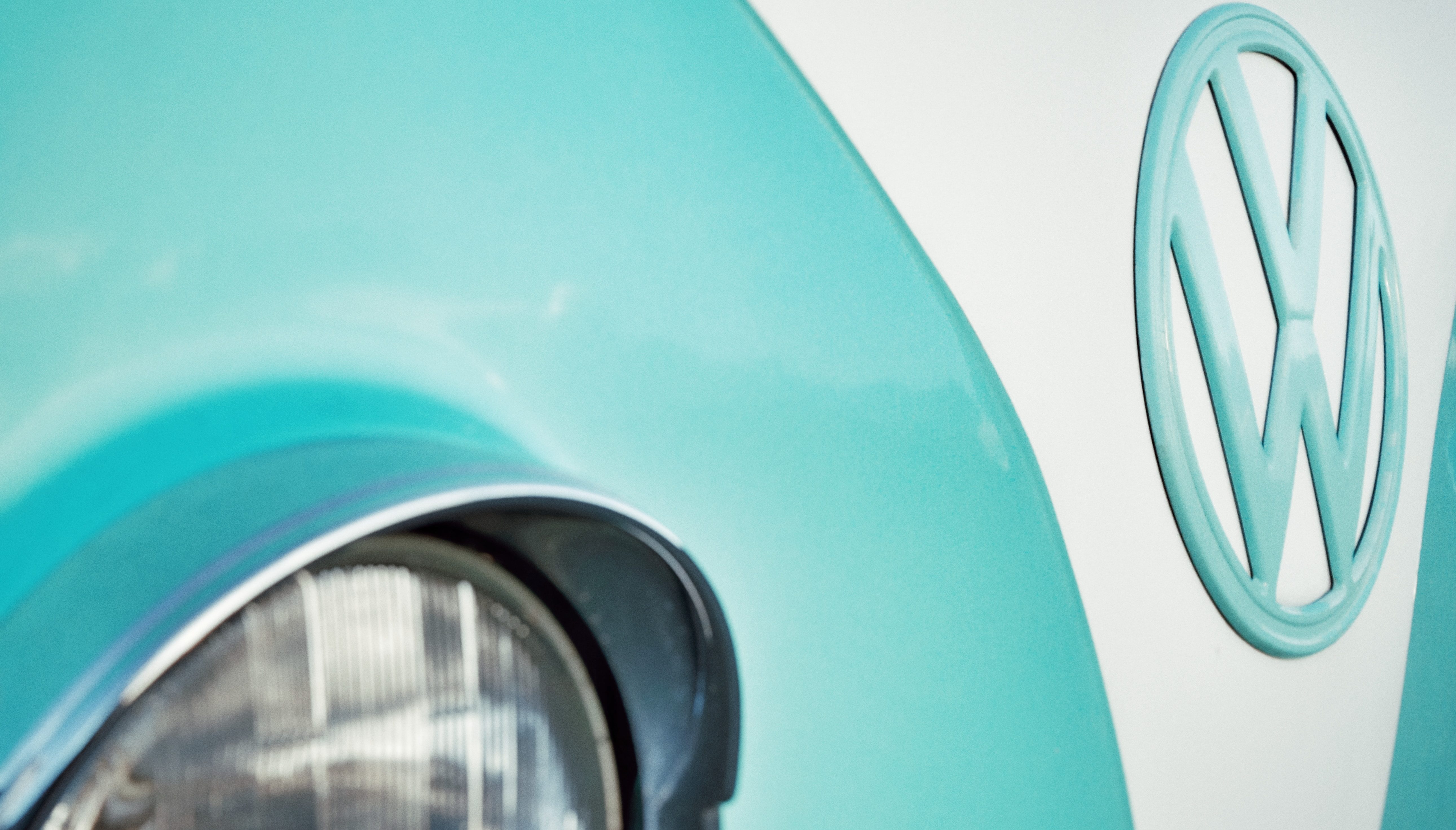The auto industry, however, is looking at the move as another small step into the future, as the vehicle’s electric-modular structure is becoming a popular prototype these days.
Manufacturers and suppliers will need to monitor this possible paradigm shift closely; it could be a serious threat or a huge opportunity.
How big of a shift?
Imagine cars that are little more than a flatbed battery on wheels (think skateboard) with a variety of Lego-like modules — pickup truck, minibus, luxury limo, camper, recreation vehicle or even air transport. (Airbus is working on the latter, believe it or not.)
Longer life
That means instead of buying different vehicles, consumers can buy one cab-and-chassis battery and then snap-on (or, more likely, bolt-on) different top hats and modules. Such a system could increase the price of one vehicle but reduce the cost of two or more.
The economic disruption from modular cars could be enormous for everyone — auto manufacturers, suppliers, even home builders; garages might have to be built larger to accommodate unused modules.
For auto makers, part of what’s attractive about modular is if they can get more vehicles off of a single platform or architecture, then it drives down their amortized cost per unit, which helps improve their capital return on investment.
For VW, because it’s trying to shrink their numbered platforms globally, modular also fits into its plans well, as they can have this one larger platform, on which they can stick a box, or a truck, or a passenger vehicle on top. (Tesla Inc., unsurprisingly, perhaps, also is working on a modular minibus.)
Commercial use
Manufacturers seem especially keen to develop commercial uses. The I.D. Buzz, for instance, comes in two models, one for cargo and the other for passengers and aimed at the ride-sharing market. Amazon and UPS also are exploring the concept for freight and container shipping, as are startups, such as NEXT in Silicon Valley.
In the past, some auto makers used common platform architectures to achieve a degree of limited modularity. The RV customization industry has been utilizing Ford Econoline vans for years. And if you remember it, General Motors tried with the Pontiac Aztek and its optional camper pop-up. Then there is the Chrysler minivan, which has folding seats for cargo space and has spawned numerous imitators, as well as a devoted following.
What’s novel about the I.D. Buzz, specifically, may be the ability to efficiently use space with a common unibody vehicle architecture for a variety of configurations, which should expand the utility of the modular concept well beyond what has been seen before.
And who knows? Much the way VW’s Bug and Microbus changed the automotive world 50 years ago, the company’s I.D. Buzz could do the same in the 21st century.
Daron Gifford is the automotive industry consulting leader at the accounting firm and consultancy Plante Moran in Detroit.

